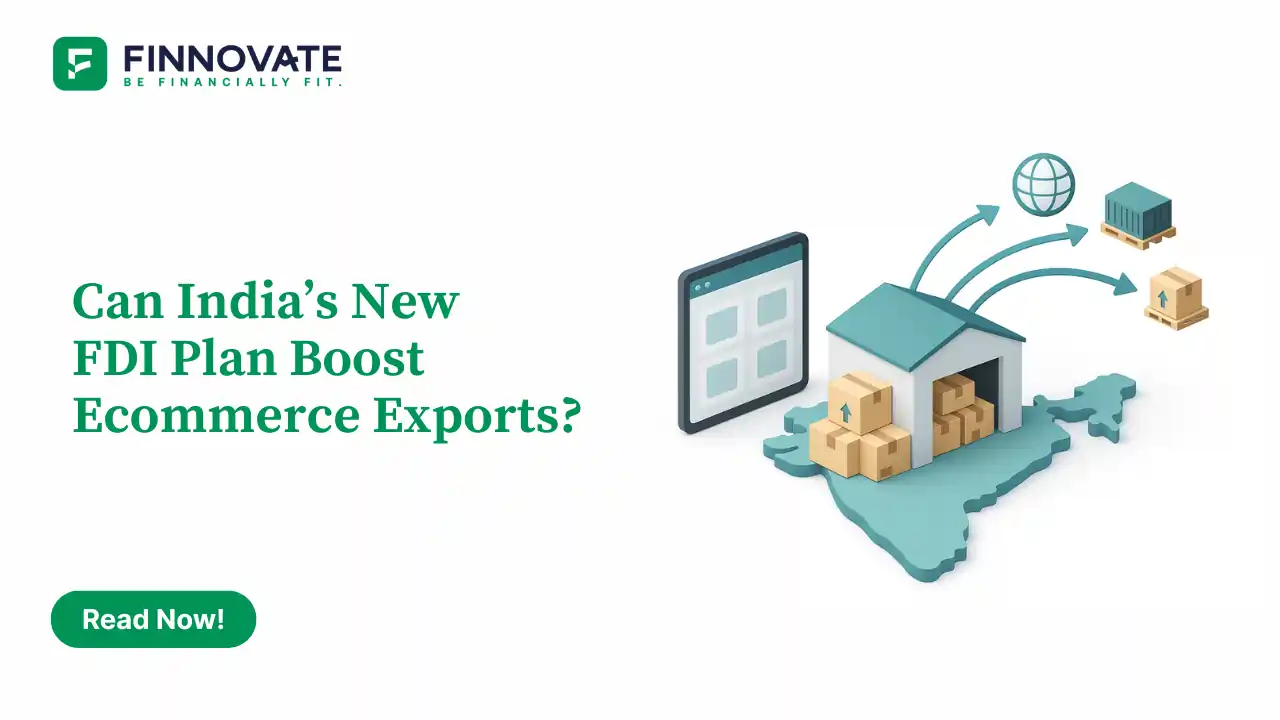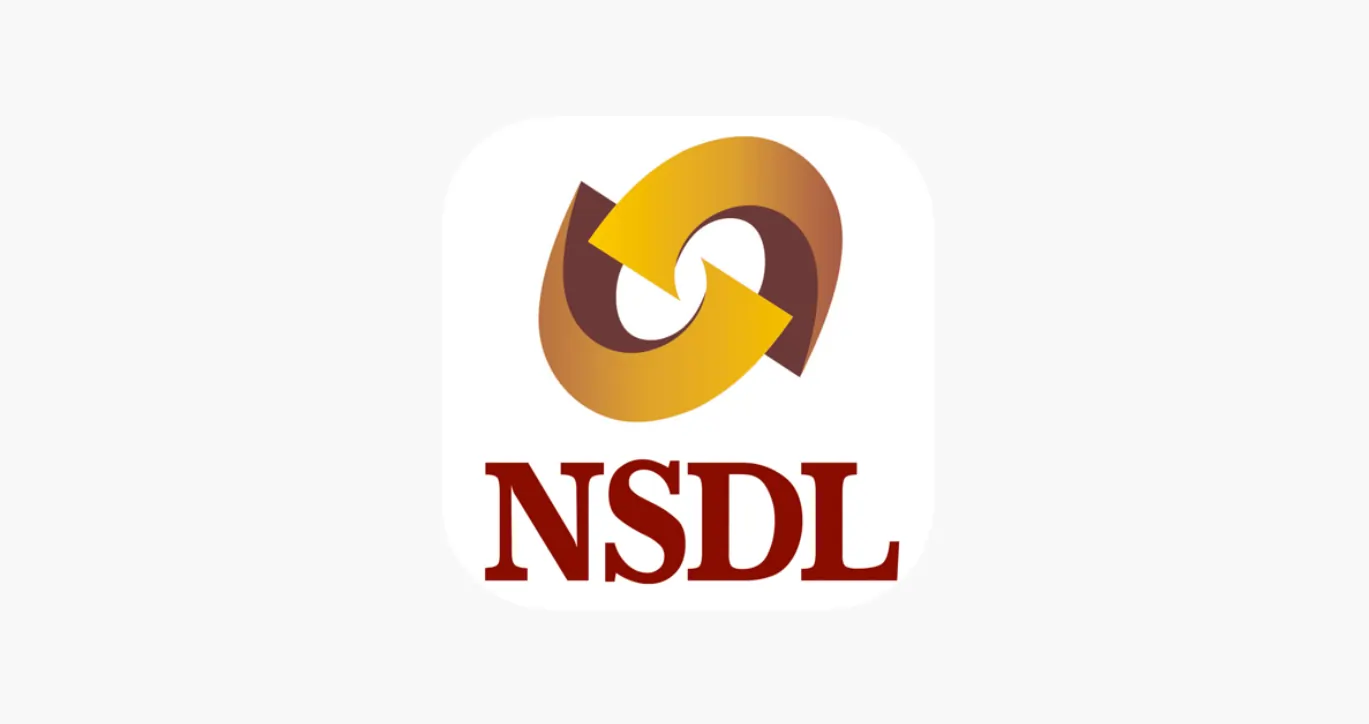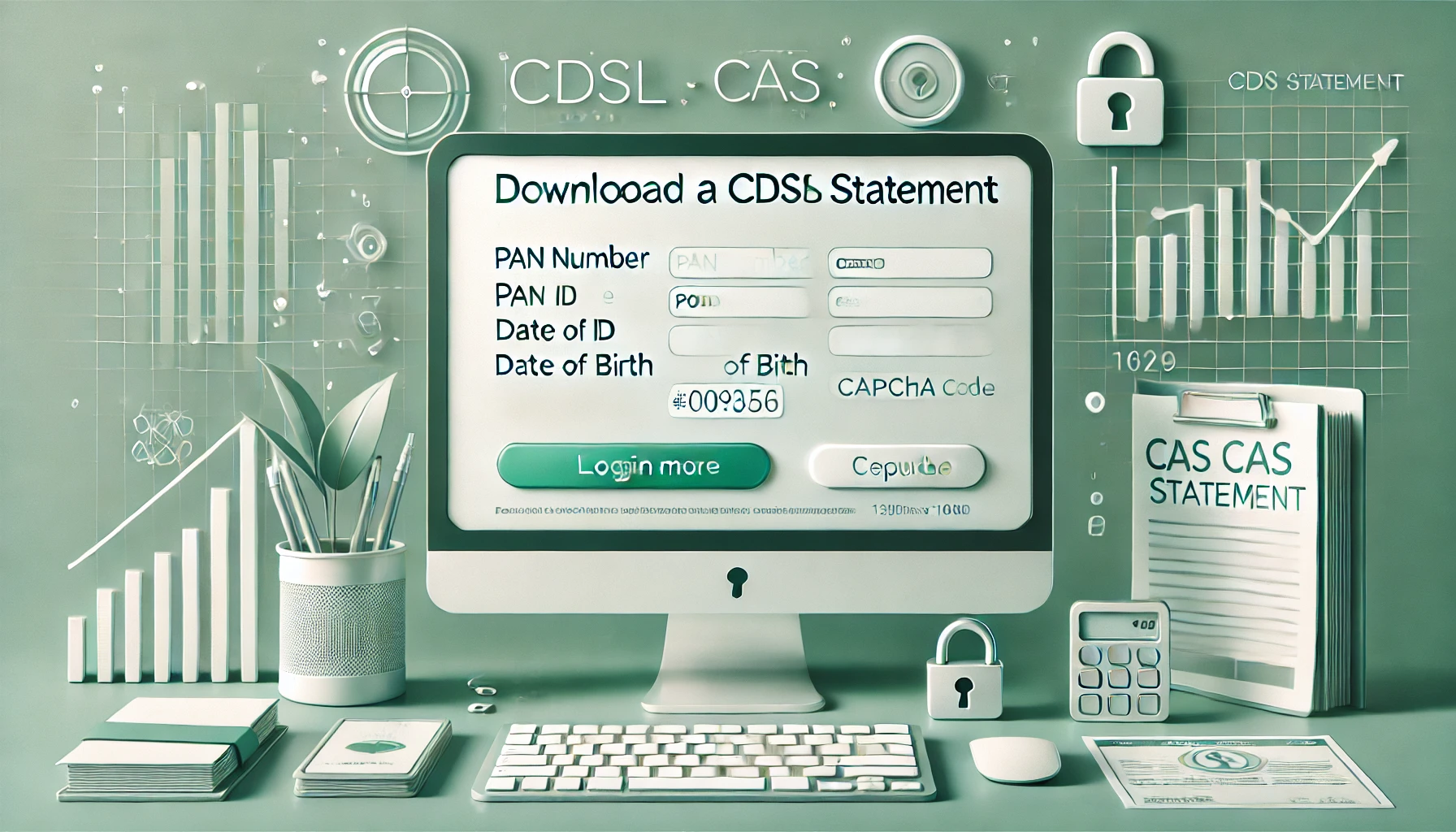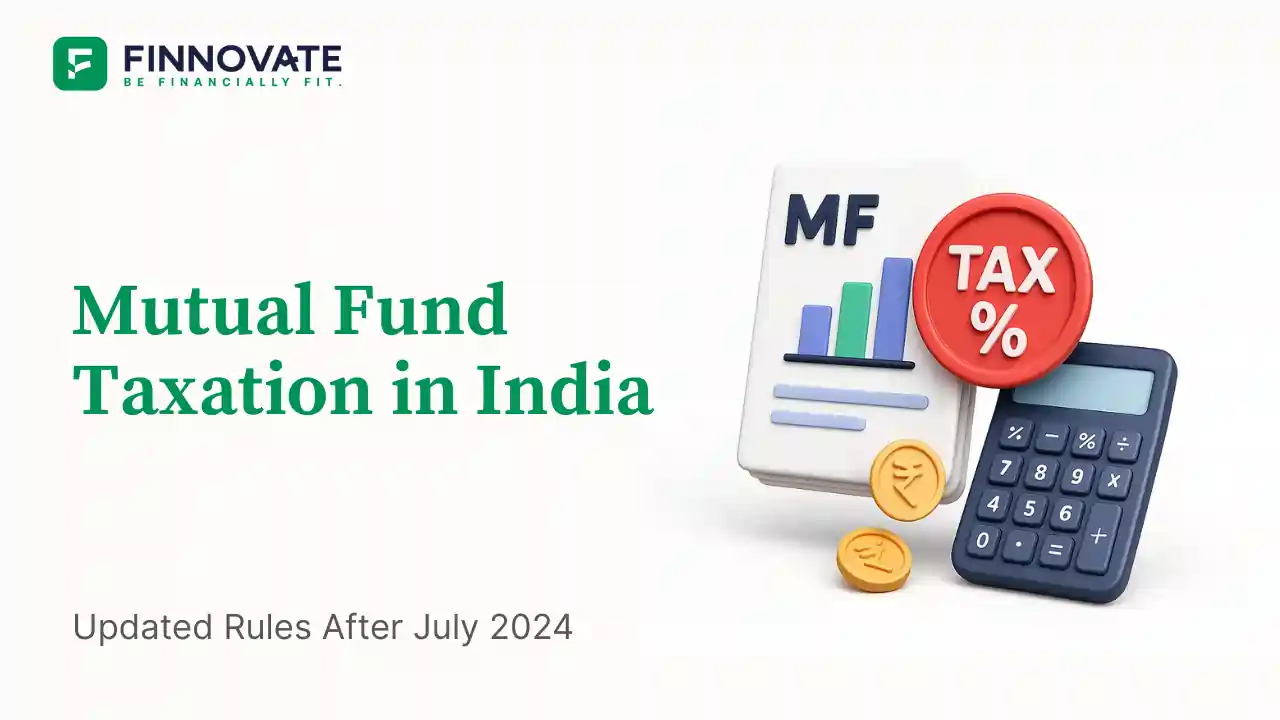Can India’s New FDI Plan Boost Ecommerce Exports?

By

India is exploring a significant policy shift that could reshape its export landscape. The Ministry of Commerce is considering allowing FDI-backed ecommerce companies to operate an inventory-based model - but strictly for exports.
If implemented, this would mark a major departure from India’s existing ecommerce rules.
Today, foreign ecommerce players in India can only operate as marketplaces. This means:
So, companies like Amazon or Walmart-Flipkart can only run a marketplace if they want to bring in FDI.
This restriction was introduced years ago to create a level playing field for Indian sellers. But now, the government may carve out a special exception - allowing global ecommerce platforms to adopt an inventory-led model exclusively for exports.
Global ecommerce players have been lobbying for this flexibility for years. Their argument:
If approved, companies will be allowed to:
For the first time, global ecommerce platforms could directly stock and ship Indian-made products abroad.
The contrast with China is hard to ignore.
That’s a 175x difference.
India wants to grow overall exports to $1 trillion by 2030, but with the latest US tariff pressures and slowing global trade, the target now looks harder.
Allowing inventory-led exports is a bid to:
The government believes this shift can fast-track the next leg of export growth.
The ambition is bold, but the road is long.
The new FDI pathway is a promising enabler, but it must be paired with logistics reforms, ease-of-doing-business improvements, and stronger export support systems.
Allowing inventory-led ecommerce solely for exports could be a meaningful policy breakthrough. It removes a long-standing bottleneck for global players and can help Indian sellers reach more overseas buyers.
But translating this policy into a large-scale export engine will require:
India can absolutely grow its ecommerce export base - but the jump from $2 billion to China’s $350 billion won’t happen overnight.
Disclaimer: This article is intended to provide a neutral overview of policy developments and their potential implications. It does not constitute financial, legal, or investment recommendations.
Finnovate is a SEBI-registered financial planning firm that helps professionals bring structure and purpose to their money. Over 3,500+ families have trusted our disciplined process to plan their goals - safely, surely, and swiftly.
Our team constantly tracks market trends, policy changes, and investment opportunities like the ones featured in this Weekly Capsule - to help you make informed, confident financial decisions.
Learn more about our approach and how we work with you:

Learn how to easily download your NSDL CAS Statement in PDF format with our step-by-step guide. Follow our instructions to log in to NSDL e-Services, download your account statement, and subscribe for
Read Full
Explore what Specialised Investment Funds (SIFs) are, their benefits, taxation, minimum investment, how to invest, how they compare with mutual funds and PMS and latest developments in SIF space
Read Full
Learn How to Download Your CDSL CAS Statement with our step-by-step guide. Easy instructions for accessing your investment details online.
Read Full
Analyzing the potential economic impact of the 2025 India-Pakistan conflict on India's GDP growth, manufacturing sector, and foreign investment.
Read Full
Determine if your Demat Depositary (DP) is NSDL or CDSL easily. Follow our guide to check using broking platforms or Demat account number formats
Read Full
Looking for the best financial freedom books? Here’s a handpicked 2025 reading list with summaries, why to read, and who it's best for.
Read Full
RBI cuts repo rate by 50 bps and CRR by 100 bps in June 2025 to boost growth. Learn how it impacts inflation, borrowing, sectors, and market trends.
Read Full
Clear guide to mutual fund taxation in India for FY 2025–26 after July 2024 changes: equity STCG 20%, LTCG 12.5% with ₹1.25L exemption, debt/hybrid rules, dividends, examples, tables, and FAQs.
Read Full